#Apollo 11 Command Module 'Columbia'
Explore tagged Tumblr posts
Text










Apollo program: Apollo 11’s crew successfully makes the first manned landing on the Moon in the Sea of Tranquility. Americans Neil Armstrong and Buzz Aldrin became the first humans to walk on the Moon (July 21 UTC) on July 20, 1969.
#Apollo 11#first manned landing#moon#20 July 1969#21 July 1969 UTC#Kennedy Space Center Visitor Complex#Saturn V#NASA#National Aeronautics and Space Administration#Launch Complex 39A (LC-39)#Florida#USA#Verkehrshaus der Schweiz#Swiss Transport Museum#Apollo 11 Command Module 'Columbia'#National Air and Space Museum#replica#space suit#original photography#travel#vacation#tourist attraction#55th anniversary#US history
9 notes
·
View notes
Text

Columbia Launches - November 10th, 1996.
"Rocket engines blazing, the Space Shuttle Columbia arcs into Florida's morning sky after lifting off from pad 39-A at Kennedy Space Center. Seen here in January of 1996, this space shuttle had, at that time, been operational for more than 15 years - racking up 20 flights and over 77 million miles in orbit while spending 177 days in space. The first member of NASA's shuttle fleet, Columbia shares its name with another famous spacecraft launched from pad 39-A, the Apollo 11 command module."
39 notes
·
View notes
Text



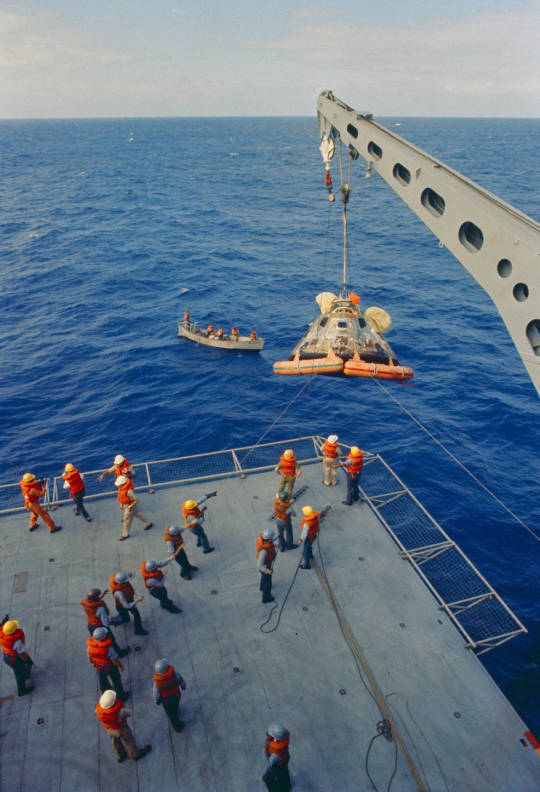
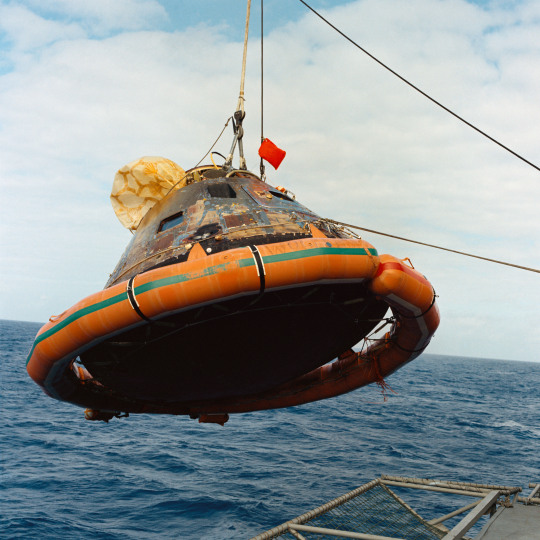







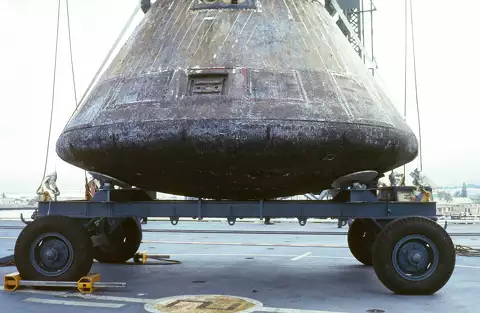

The Apollo 11 Command Module Columbia (CSM-107) is hoisted aboard USS Hornet (CVS-12) following splashdown in the Pacific.
Date: July 24, 1969
source, source, source, source
NASA ID: S69-21294, S69-41565, S69-21783
U.S. Naval History and Heritage Command: Apollo 11 Recovery Photo 4
#Apollo 11#Apollo CSM Block II#CSM-107#Columbia#NASA#Apollo Program#G-type mission#Recovery#USS HORNET (CV-12)#USS HORNET#Essex Class#Aircraft Carrier#Pacific Ocean#July#1969#United States Navy#US#Navy#USN#my post
75 notes
·
View notes
Text

24 July 1969, CV-12 USS Hornet prepares to recover Apollo 11 Command Module Columbia.
342 notes
·
View notes
Text

2025, February 26 American actor Eugene Hackman passed away... We'll remember him for amazing roles in detective movies but also for the 1969 SciFi movie "Marooned, the Sage of Ironman One !" This movie attracted great public attention when it came out in November 1969, just between the Apollo 11 & 12 manned lunar missions! In that movie, Hackman was an astronaut, named Buzz Lloyd, who after five months in the space station, began to perform erratic and substandard so NASA decided to bring the crew home. The Command Module "Ironman One" thrusters failed and the crew was effectively marooned in orbit. Not giving the plot away, it's an interesting movie with true spaceflight vibes involving the mission controllers, military personnel and even the astronauts' wives. Wristwatch-wise interesting as at least half-a-dozen Omega Speedmaster "Ultraman" 145.012-67 chronographs can be spotted as both the astronauts and the mission controllers (Gregory Peck) wore such an "Ironman" Speedmaster with distinctive red/orange chronograph hand ! (Photos: Columbia Pictures)
#321#chronograph#Omega#Speedmaster#Ultraman#Ironman#145.012-67#Moonwatch#Moonwatchuniverse#NASA#military#Columbia Pictures#montres#uhren#Omega Bienne#spaceflight#astronaut#Zulu time
16 notes
·
View notes
Text

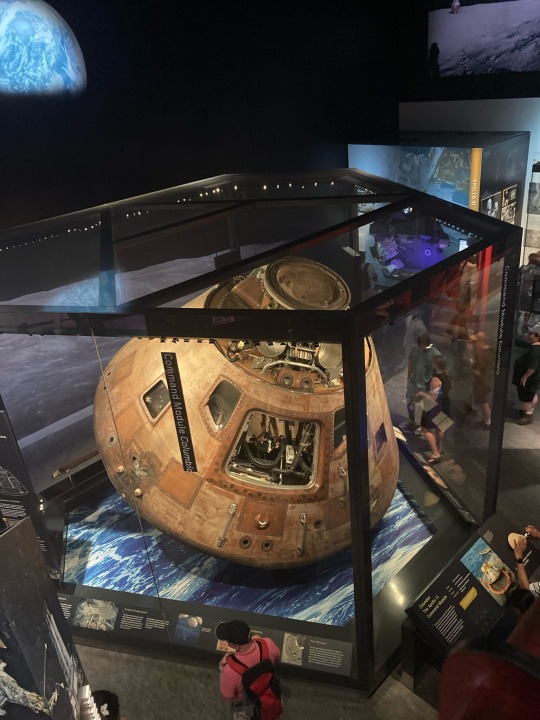


The Apollo 11 command module Columbia, as seen at the National Air and Space Museum
34 notes
·
View notes
Text
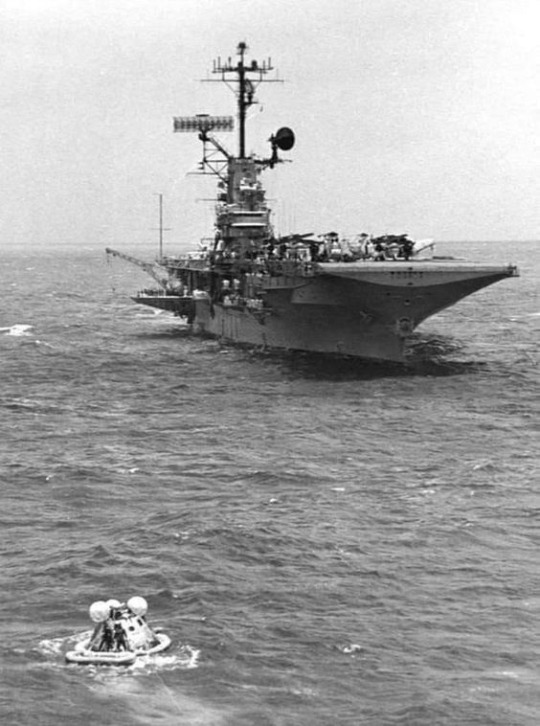
Apollo 11
24 July 1969, CV-12 USS Hornet prepares to recover Apollo 11 Command Module Columbia.
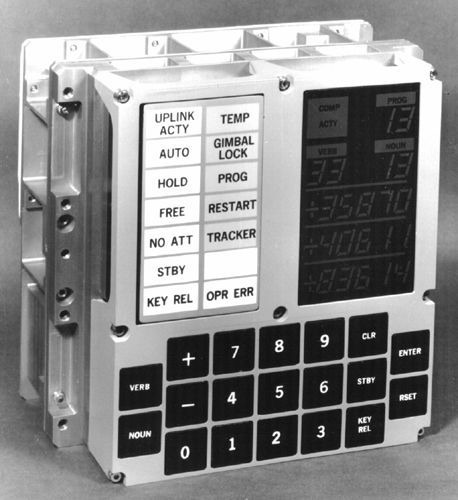
Apollo Guidance Computer
32 notes
·
View notes
Text
Star Trek history...

The ENTERPRISE in spacedock.
Actually, it's the restored studio filming model being moved to a new home in the National Air & Space Museum. Here, it's nose-to-nose with another famous space ship, the Apollo 11 Command Module COLUMBIA.
4 notes
·
View notes
Text
Ohhhhh I’m so excited I get to see so many excellent space things soon. I get to see freedom 7 soon. I get to see Apollo 11 command module Columbia soon. I get to see space shuttle discovery soon. I’m going to be so normal about it.
3 notes
·
View notes
Text

Neil Armstrong was born on August 5, 1930. An American astronaut and aeronautical engineer, he was the first person to walk on the Moon. He was also a naval aviator, test pilot, and university professor. On July 20, 1969, Armstrong and Apollo 11 Lunar Module (LM) pilot Buzz Aldrin became the first people to land on the Moon, and the next day they spent two and a half hours outside the Lunar Module Eagle spacecraft while Michael Collins remained in lunar orbit in the Apollo Command Module Columbia. When Armstrong first stepped onto the lunar surface, he famously said: "That's one small step for [a] man, one giant leap for mankind." It was broadcast live to an estimated 530 million viewers worldwide.
#neil armstrong#the moon#astronauts#nasa#apollo 11#moon landing#science#science history#science birthdays#on this day#on this day in science history
5 notes
·
View notes
Text
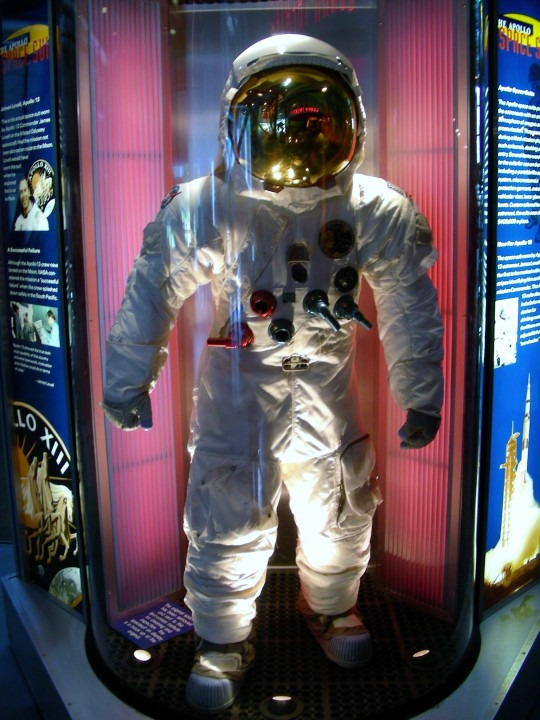


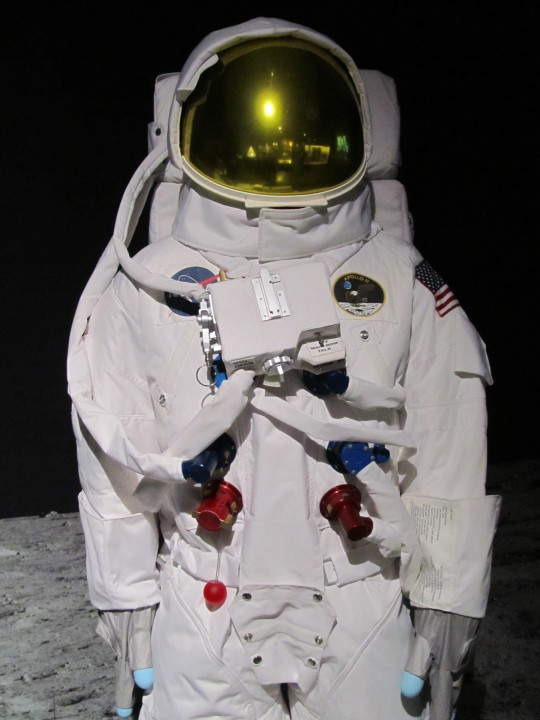

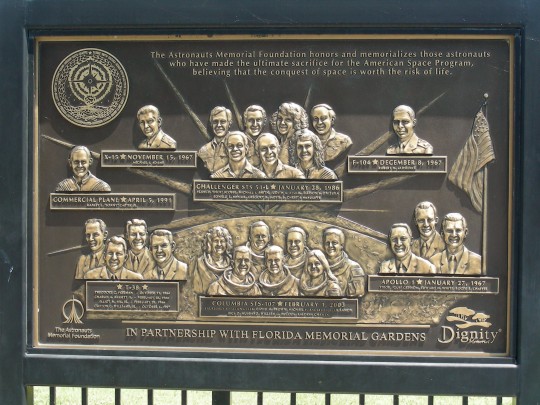
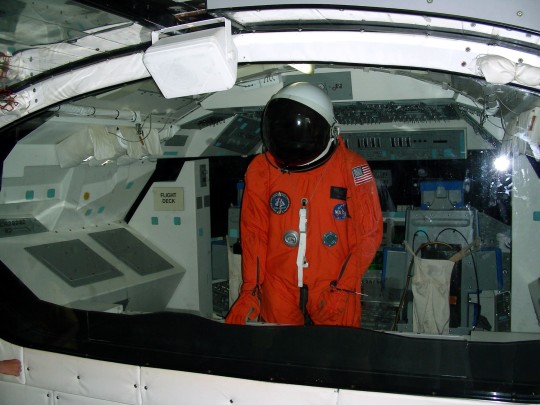


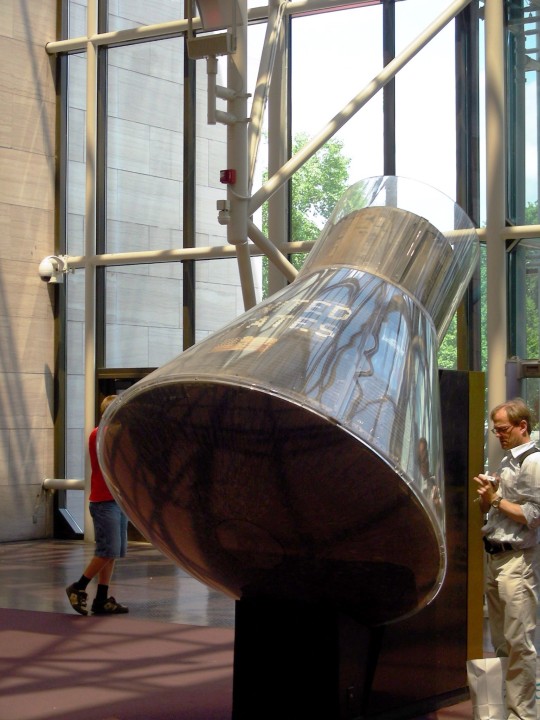


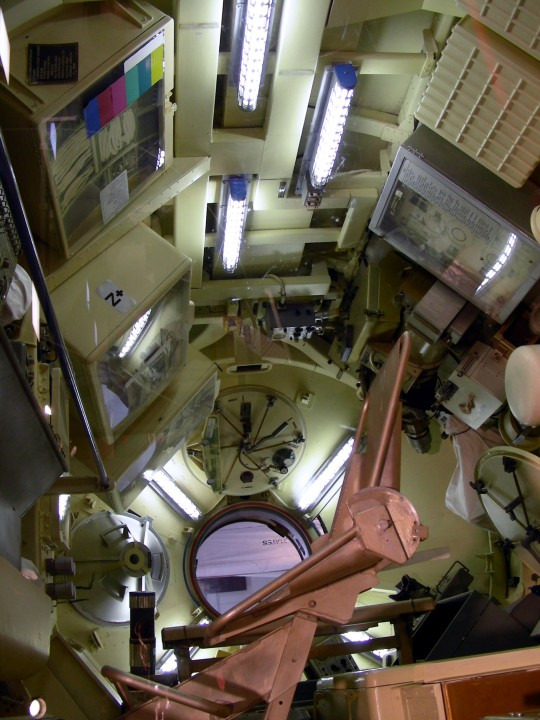
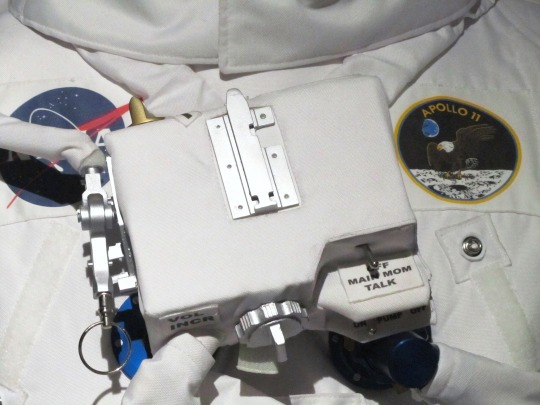
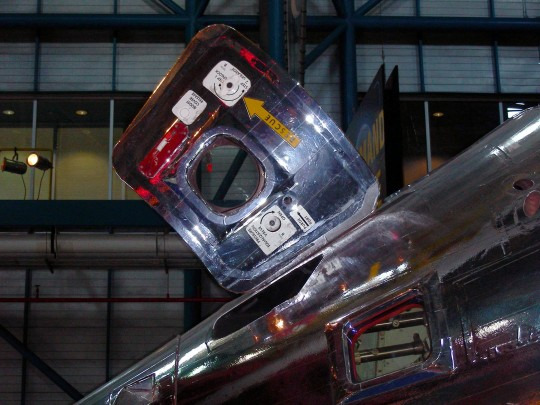

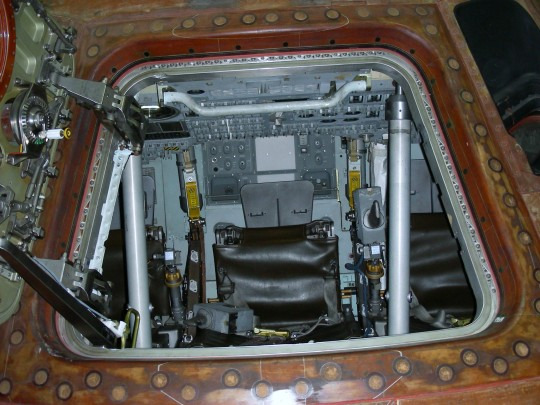
National Astronaut Day
Blast off into an out-of-this-world celebration! Learn about space, astronauts, and explore the cosmos. It's time to reach for the stars!
Space travel brings with it a myriad of adventures and discoveries! And the astronauts who get to travel in space are a rare and special type of person. Take time on National Astronaut Day to celebrate these people who have had some of the most unique experiences possible for a human being by traveling beyond the earth and through space!
History of National Astronaut Day
The first American made his adventure into space travel on May 5, 1961, when Alan Bartlett Shepard Jr. made his historic 15 minute suborbital space journey. Since that time, the astronauts and cosmonauts who have continued the expedition into the virtually unknown world of space have been heroes of exploration!
National Astronaut Day was founded to pay honor and respect to the American astronauts of NASA (National Aeronautics and Space Administration). The purpose behind the day is to provide an opportunity for astronauts to share their stories and experiences for the rest of the world. The hope is that these types of stories will encourage and inspire young people to pursue an interest in the space sciences.
The first National Astronaut Day took place in 2017 and the day has been celebrated annually ever since to commemorate that first time of the United States human flight in space. The day was founded by the Uniphi Space Agency, which is a talent and marketing agency that has represented at least 20 different NASA astronauts.
National Astronaut Day Timeline
April, 1961 First astronaut enters space
Russian Cosmonaut Yuri Gagarin is the first human to enter into space.
May, 1961 First American astronaut launches into space
Just a few weeks after the Russians entered space, Alan Shepard becomes the first American in space.
July, 1969 First men on the moon
Astronauts Neil Armstrong and “Buzz” Aldrin become the first men on the moon.
June, 1984 First American woman in space
Sally Ride becomes the first American woman in space, on the Space Shuttle Challenger.
November, 2000 Astronauts live on the space station
The first long-term astronaut residents land on the International Space Station.
How to Celebrate National Astronaut Day
National Astronaut Day is a great time to learn more about astronauts while showing respect and admiration for them. Celebrate the day by implementing some of these ideas:
Read Books About Astronauts
One super way to celebrate and enjoy National Astronaut Day would be to get more educated and learn more about who astronauts are and what they do. An excellent option would be to read a biography about an astronaut. Choose from one of these (or read them all!):
Through the Glass Ceiling to the Stars by Col. Eileen M. Collins (2022). Read the story of this woman who was an aviation pioneer among her peers, as one of the most recognized and admired women in the world.
First Man, The Life of Neil A. Armstrong by James R. Hansen (2005). This biography tells the story of the first man who walked on the moon.
John Glenn, A Memoir by John Glenn (1999). This autobiography reveals interesting details that could only come from an insider not only to the space program but also for American politics.
Sally Ride: America’s First Woman in Space by Lynn Sherr (2014). This definitive biography reveals exclusive highlights from Sally Ride’s family and partner.
Learn Fun Facts About Astronauts
When you celebrate National Astronaut Day, it might be fun to collect some interesting facts that can be shared with friends and family members to raise awareness for the day.
For instance, did you know that astronauts actually have to wear a special kind of diaper? That’s right, these are called ‘maximum absorbency garments’ that need to be worn when they go on long space walks or wear heavy equipment that is difficult to take off and on.
Not only that, but when in space, the bones and muscles of astronauts can easily waste away, so it’s important that astronauts work hard to get enough exercise. Plus, because of microgravity, astronauts can actually get up to 3% taller after spending time in space. They’ll eventually return to their normal height after three to four months back on earth.
Finally, if an astronaut cries in space, their tears don’t roll down their cheeks. Instead, they simply collect on their faces to create large globules of tears. So sad!
Watch a Film About Astronauts
Get involved with the adventure of a lifetime by watching a documentary film showing all about space travel. Or, try watching a movie that was made to portray the unique stories of the various astronauts who have been part of the space program for the last five decades and more, such as one of these:
Apollo 13 (1995). This movie directed by Ron Howard has an all-star cast including Tom Hanks, Kevin Bacon and Bill Paxton, is based on the true story of the Apollo 13 space mission to the moon that was aborted and almost ended in a fatal disaster.
First Man (2018). Based on the book of the same name by James R. Hansen, this movie follows the story of Neil A. Armstrong (played by Ryan Gosling) leading up to the Apollo 11 mission to the moon in 1969.
The Right Stuff (1983). This epic historical film drama is based on the non-fiction novel of the same name, which tells the details of the first 15 years of the US space program. Starring Ed Harris and Scott Glenn.
Lucy in the Sky (2019). Featuring Natalie Portman, this film is loosely based on the life of astronaut Lisa Nowak who was in space in 2006 and spent her time controlling the robotic arms of the International Space Station.
Throw a National Astronaut Day Party
Whether it’s a group of teachers hosting a National Astronaut Day party at school for their students or a gathering of friends who get together to celebrate and honor the day at home, this is a great time to host a party!
Invite guests to wear a space themed costume if they would enjoy dressing up. Serve snacks that are themed around the idea of rocket ships, stars, space, the moon and more. It would be fun to be entertained by playing various games that go along with the theme of astronauts, or watch a film or documentary to help with learning more about who astronauts are and what they do.
Finally, during the party, don’t forget to play a space themed list of music that will keep things moving. Choose songs like Space Oddity (aka Ground Control to Major Tom) by David Bowie; Rocket Man by Elton John; or Man on the Moon by R.E.M.
National Astronaut Day FAQs
How much do astronauts get paid?
An astronaut who works for an agency like NASA may make up to around $100,000 per year.
How many astronauts have died?
Over the past 50 years, 30 astronauts have died while attempting or training for space missions, but only 3 have actually died while in space.
Do astronauts feel gravity in space?
Yes, astronauts in space still have mass that is impacted by the earth’s gravity, it is just less than when on earth.
Can astronauts see stars from space?
Yes! Astronauts can see the various stars of the Milky Way while in space.
Are astronauts scientists?
Yes, astronauts typically work as scientists, possessing an education in one of the STEM fields as well as being qualified pilots.
Source
#Apollo 14 Command Module#ISS Habitat Module#Apollo 11 Command Module 'Columbia'#Washington DC#NASA#vacation#National Aeronautics and Space Administration#Florida#travel#USA#original photography#National Air and Space Museum#tourist attraction#Gemini 9a#Jim Lovell space suit#Luzern#Verkehrshaus der Schweiz#Swiss Museum of Transport#Switzerland#National Astronaut Day#5 May#Mercury Friendship 7
6 notes
·
View notes
Text
Shared from Bing: Michael Collins (1930-2021) - Find a Grave Memorial
0 notes
Text
Apollo 11 Command Module (CM-107) Columbia under construction at North American Aviation's Downey facility.
Date: August 28, 1967
NASA ID: S67-44134

#Apollo 11#CSM-107#Columbia#NASA#Apollo Program#G-type mission#Construction#North American Aviation#Downey#California#August#1967#my post
116 notes
·
View notes
Text
Visit to National Air and Space Museum, Chantilly VA on 17-Feb-2025
Visited Smithsonian’s National Air and Space Museum at the Udvar-Hazy Center in Chantilly, Virginia with Ankit, Priyanka, Sadhana, Myra and Baani. It has collection of historical air and space artifacts. The National Air and Space Museum has over 60,000 artifacts such as historic aircrafts and space artifacts, such as the 1903 Wright Flyer and the Apollo 11 Command Module Columbia, highlight the…
0 notes
Text
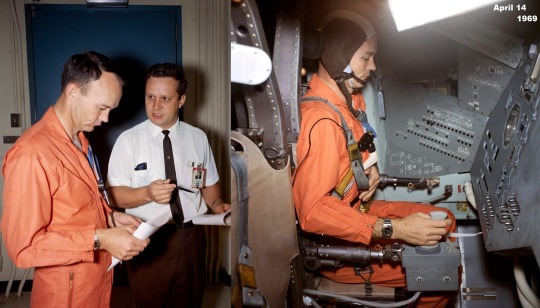
Rolex watches during the Apollo program USAF MajGeneral Michael Collins got his bachelor degree at the USMA West Point in 1952 and went on to become a NASA astronaut, flying on Gemini X and as Apollo 11 Command Module Pilot onboard CSM “Columbia” in July 1969. Michael Collins had been wearing a Rolex wristwatch since at least 1964 as he wore his Rolex Turn-O-Graph during Gemini geology training, Apollo centrifuge training and public events related to the space program. Also during Apollo 11 commemorative events, Collins wore his personal Rolex Turn-O-Graph. Rolex has the most different space-flown wrist watch versions, as at least 8 were worn in space (GMT-master, GMT-master II, Datejust, Daytona 6263, Submariner, Sea Dweller, Yachtmaster and Oysterquartz). (Photo: NASA)
#Apollo#astronaut#aviator#NASA#pilot watch#Rolex#Turn O Graph#Rolex-in-space#military#montres#moonwatchuniverse#Rolexmagazine#uhren#sat#horloges#spaceflight#Zulu time
2 notes
·
View notes
Text
youtube
The Apollo 11 lunar module Eagle undocks with command module Columbia at 17:44 UTC in preparation for the lunar landing.
9 notes
·
View notes